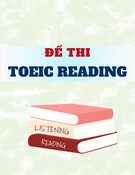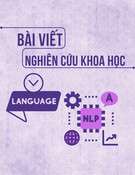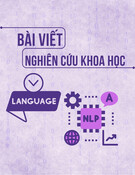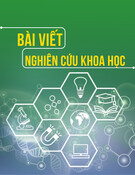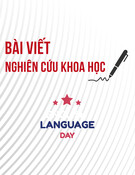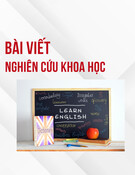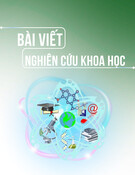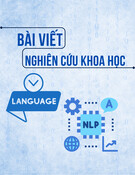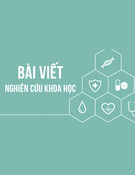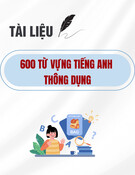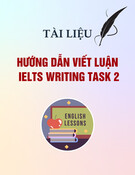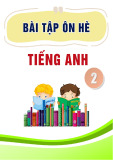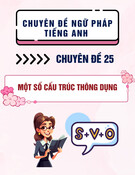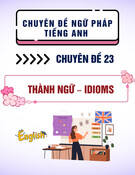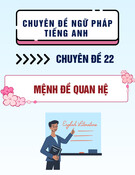
56
HNUE JOURNAL OF SCIENCE
Educational Sciences 2024, Volume 69, Issue 4, pp. 56-65
This paper is available online at https://hnuejs.edu.vn
DOI: 10.18173/2354-1075.2024-0063
A TOOLKIT TO INTEGRATE MEDIA & INFORMATION LITERACY
INTO ENGLISH LEARNING FOR HIGH SCHOOL STUDENTS:
THE DESIGN THINKING PROCESS METHOD
Tran Huong Quynh*, Nguyen Huong Lan, Trinh Hai An and Dinh Tran Viet Dung
Faculty of English, Hanoi National University of Education, Hanoi city, Vietnam
Corresponding author Tran Huong Quynh, e-mail: quynhth@hnue.edu.vn
Received September 5, 2024. Revised September 30, 2024. Accepted September 30, 2024.
Abstract. Media and information literacy (MIL) is crucial for Gen Z students in learning
English especially when they access diverse information. However, MIL training is quite
limited at school [1]. Research on MIL has primarily focused on students' skills, and little
attention has been given to solutions integrated into a school subject. Utilizing the design
thinking model with five stages - empathize, define, ideate, prototype, and test - this article
aims to develop a toolkit for high school students to practice their MIL skills in English
project-based learning within the Vietnamese educational context. The toolkit focuses on
four fundamental skills including locating relevant information, evaluating information,
ensuring online protection, and synthesizing information. The findings from the test phase
show that students’ awareness of MIL has improved, and the toolkit's contents have
positively influenced students’ MIL skills. The toolkit, aligned with learning outcomes in the
General Education English Curriculum 2018, will be a valuable resource for high school
students, English teachers, and pre-service English teachers.
Keywords: media & information literacy (MIL), digital literacy, design thinking, critical
reading skills.
1. Introduction
In an era marked by the overwhelming abundance of information and media for young
people, when 79% of people worldwide use the Internet [2], the importance of equipping them
with media and information literacy (MIL) skills cannot be overstated. High school students, Gen
Z with digital natives, are constantly exposed to media, which increases the risk of encountering
bias and misinformation [1,3] as there are considerable differences between their digital literacy
practice and their perception [4]. Many students in Vietnam often resort to platforms like
Wikipedia for research, neglecting to cross-reference or assess source credibility. This reliance
heightens the urgency to equip them with skills for critical evaluation and responsible information
use to approach the information they come across with a more critical mindset [5]. Teaching
students essential MIL skills to ensure their success in digesting multiple online information is
the key to dealing with misinformation and using information critically.
Vietnam has been implementing the General Education English Language Curriculum 2018
since 2020, in which English is a compulsory subject from grade 3 to grade 12. The main objective
is to enable students to communicate in English at Level 3 in the Vietnam 6-level language
proficiency framework [6]. By the end of high school, students will be able to gain a deeper





